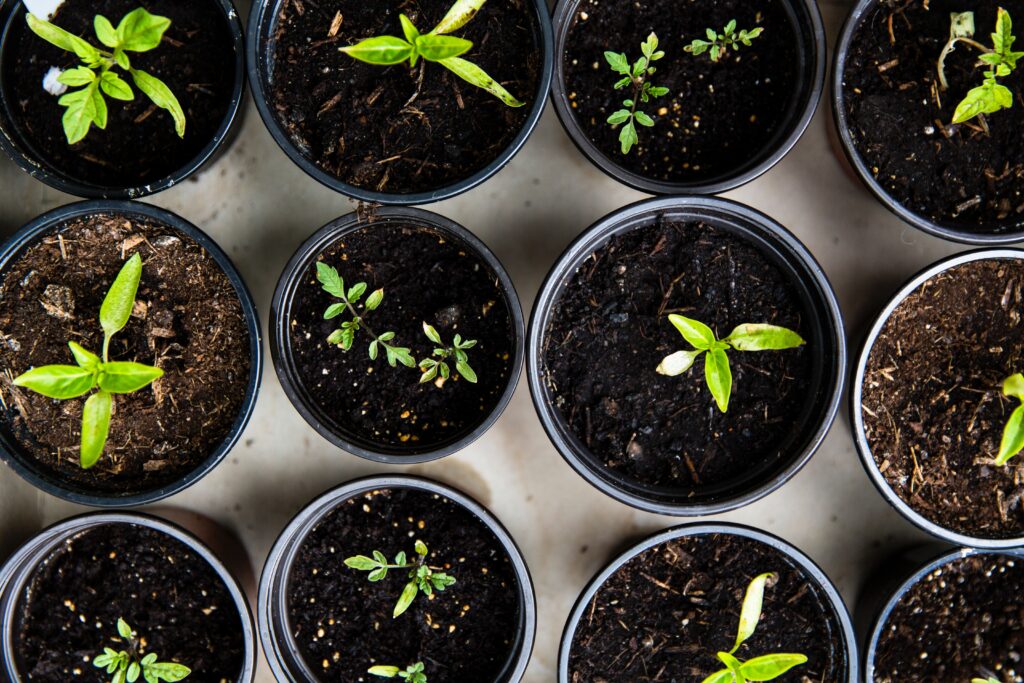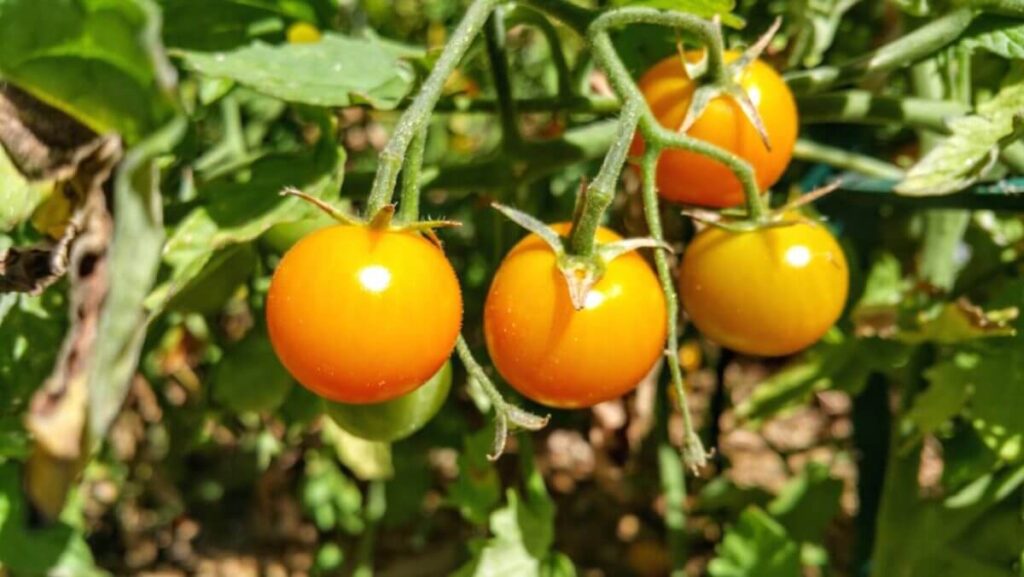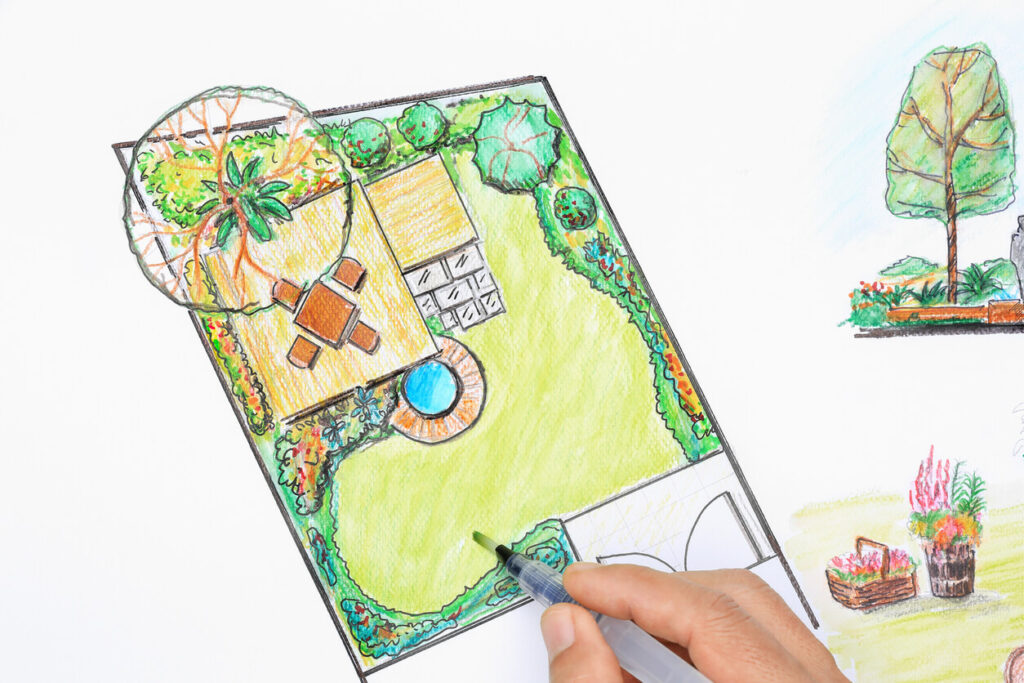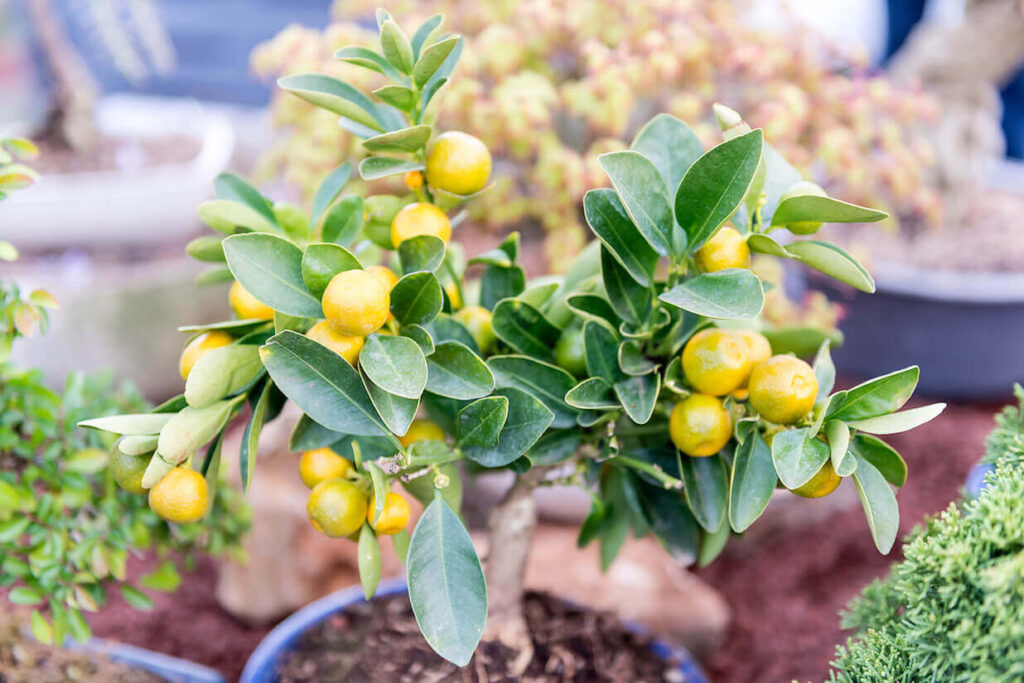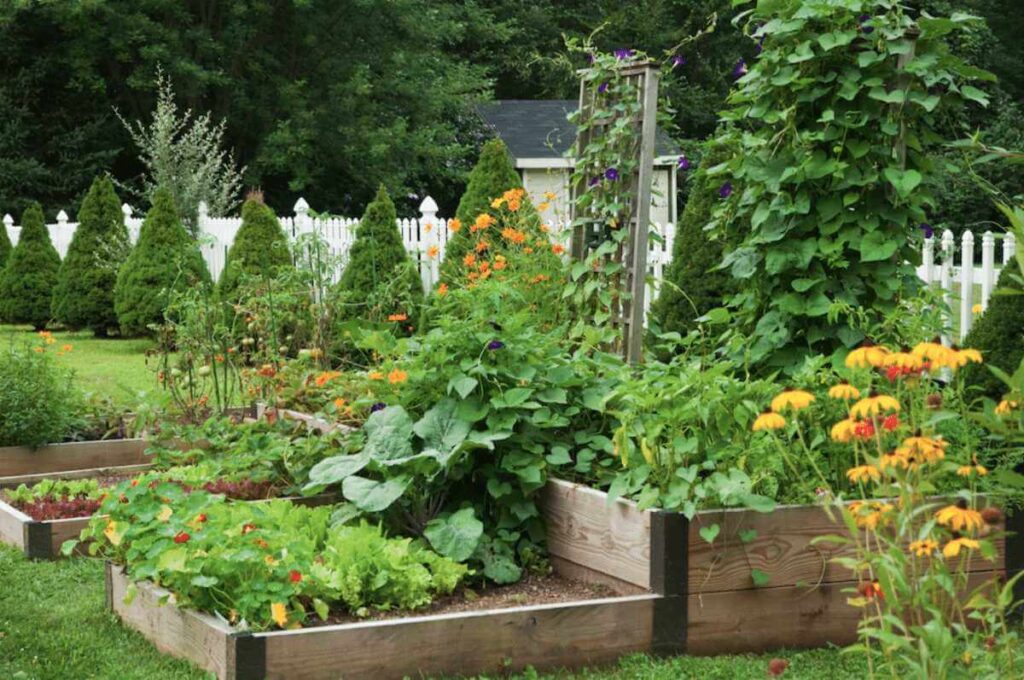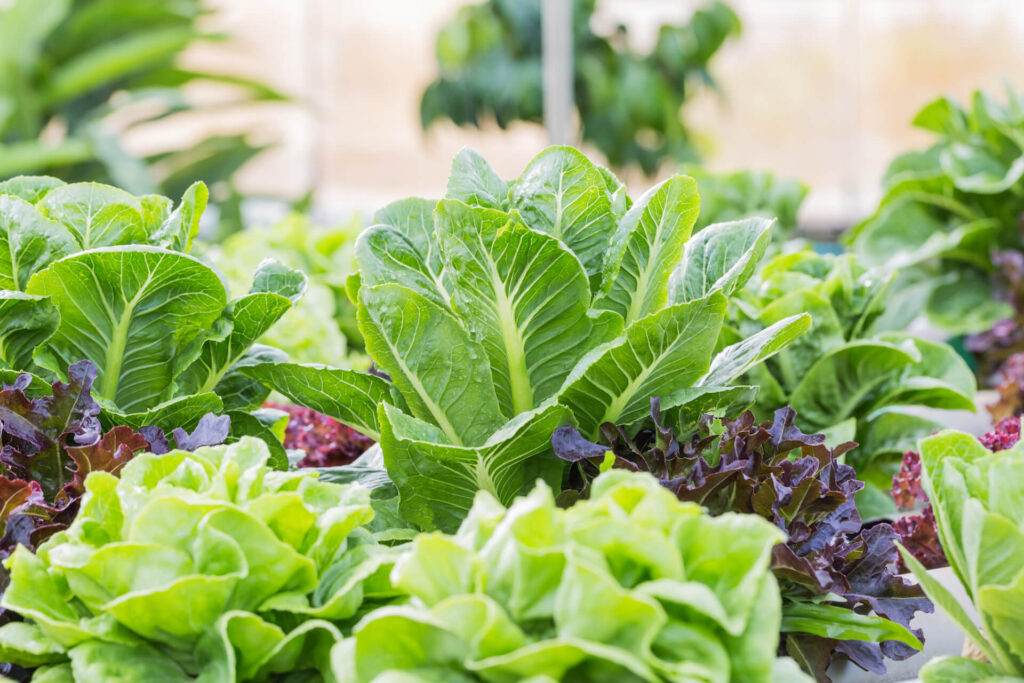Calendula can be planted in your garden to add stunning bursts of color from mid-spring through early fall. Calendula is an herbaceous perennial with healing properties and is an excellent plant for the garden as it repels pests and is edible. The plant is an annual in most areas and can produce many beautiful flowers if deadheaded. This guide will help you learn about calendula companion plants, their benefits, and care information so your garden can display a stunning range of plants and flowers.
Calendula Flower Care Information
Calendula flower seeds germinate quickly and are easily grown by sowing directly in the garden. Plant seeds at least 1/2 inch deep and at least 10 inches apart. The seedlings will begin to grow 5-10 days after being planted. Calendula flowers can also be planted indoors and transplanted 4-6 after the last frost.
Calendula Soil Requirements
Calendula thrives in nutrient-rich soil and requires minimal maintenance to flourish and bloom throughout its growing season. Calendula should be planted in well-draining soil with a pH between 6.0 to 7.0.
How to Plant Calendula Flowers and Where to Place Them
Calendula flowers should be planted and placed correctly in your garden. Calendula plants should be planted 8-12 inches apart, with 18 inches between each row. Proper spacing will improve airflow and prevent diseases like powdery mildew. It will also allow for adequate bloom spread.
Calendulas Light Requirement
Calendula flowers should be planted where they get at least 6-8 hours of direct sunlight daily. These plants can tolerate partial shade but thrive in full sun.
How to Water Calendulas
It is vital to keep the soil moist as the root system of a calendula plant develops. Calendulas may need to be watered every day, depending on the weather in your area, even after they have developed strong roots. It is important to regularly deadhead your flowers to ensure continuous blooms.
Calendula Ideal Temperature and Grow Zone
Calendula can be grown as a perennial and hardy plant in gardening zones 9-11. However, it is most commonly used as an annual plant in USDA Zones 2 through 11. These colorful bloomers thrive in milder temperatures and don’t like scorching weather.
Common Calendula Flower Diseases and Pests
Powdery mildew can affect calendula flowers in areas with high humidity. To avoid this deadly disease, make sure your plants are well-spaced and get plenty of sunlight. A mixture of 1/2 cup baking soda and water can combat powdery mildew by spraying it directly on calendula plants to prevent the fungus from spreading further onto this or other plants. Calendula plants are great companion plants for vegetable and flower gardens and repel the most common garden pests.
Calendula Flower Care
Calendula flower care should include deadheading and cutting back the plants regularly to ensure continuous blooming. Sunshine is the best thing for this flower, but it will continue to reward gardeners even after temperatures drop. This will create a stunning splash of color throughout the fall. Calendula can withstand occasional frosts and including the first winter freeze. As the growing season draws to a close, leave some blooms intact so their seeds can propagate for the next season.
Calendula as a Companion Plant
Calendula can be paired with vegetables or other flowers to increase garden productivity. Calendula attracts bees and butterflies
which are necessary for plant reproduction. Calendula belongs to the marigold family and is known for its ability to protect vegetable gardens from pests. It also masks the smells of other crops with its strong scent, which protects against pests such as the following:
- Aphids
- Potato beetles
- Flea beetles
- Corn earworms
- Japanese beetles
- Squash beetles.
Plants That Calendula Can Be Interplanted With:
- Potatoes
- Tomatoes
- Cucumbers
- Strawberries,
- Peas
- Carrots
- Asparagus
- Squash
- Melons
- Corn
- Basil
- Salad greens
- Peppers
Collecting Calendula Flower Seeds
Calendula seeds are great to collect and store for seeding savings, so you will never have to rebuy seeds or plants. Even if you have been deadheading frequently, leave some blooms to dry out on your plant. The flowerheads will eventually turn into tiny green bulges, which will contain the plant’s seed pods. Be patient and wait until the green crescents are dried up, stiff, and curvy. Gently remove them from the flowerhead and store them in a cool, dry place.
Calendula Benefits: Medicinal and Edible
Calendula is a flower you can eat (although some people find the taste somewhat bitter). The flowers and leaves of calendula can be used fresh or dry in salads and other recipes, while calendula blooms can be used in salads, stir fry, casseroles, soups, and rice. Calendula petals can be used as a seasoning, much like saffron, after they have been dried. Calendula is often used to produce oils and ointments and in anti-inflammatory treatments as it is considered a medicinal herb.
Recommended Calendula Varieties
- ‘Tangerine Cream’
- ‘Golden Princess’
- ‘Pacific Beauty’
- ‘Calypso’
- ‘Neon’
- ‘Pink Surprise’
